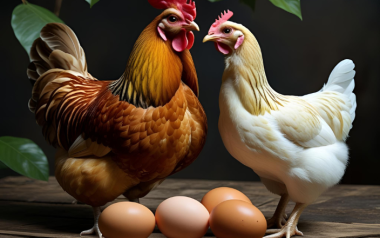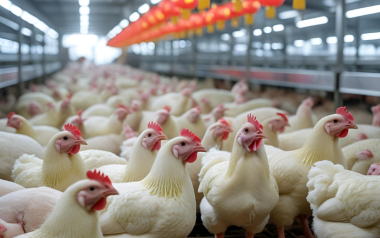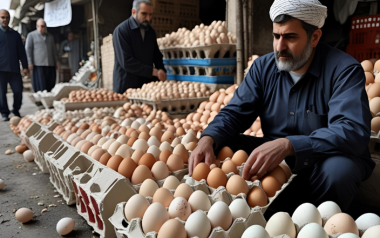Sources: Available upon request
13 Apr 2024
Chile’s egg production sees 6.7% year-on-year growth
Chile, a country known for its stunning landscapes and rich cultural heritage, is also making waves in the poultry industry. While Chilean egg producers have faced challenges in recent years, there’s a glimmer of hope on the horizon. Let’s delve into the details of Chile’s egg production and its journey toward recovery.
Chile, a country known for its stunning landscapes and rich cultural heritage, is also making waves in the poultry industry. While Chilean egg producers have faced challenges in recent years, there’s a glimmer of hope on the horizon. Let’s delve into the details of Chile’s egg production and its journey toward recovery.
The current scenario
Chile boasts approximately 16 million layers in production, a significant number for a nation with a population of 19.5 million people. This year, the country anticipates producing a whopping 4,300 million eggs. However, this figure represents a 6.7% decrease compared to the previous year (2022).
Factors impacting egg production
Several factors have contributed to this decline:
- High Raw Material Prices: Chile relies heavily on imported raw materials for egg production. Unfortunately, the surge in raw material costs, coupled with unfavorable exchange rates, has put pressure on producers.
- Post-Pandemic Hangover: During the pandemic, home cooking became more prevalent, leading to increased egg consumption. However, as life returns to normal, egg consumption has dipped, affecting producers.
- Avian Influenza: The poultry industry faced challenges due to avian influenza, resulting in a 4% decrease in production.
The perfect storm
The convergence of these factors created a “perfect storm” for Chilean egg producers. Egg prices plummeted, and many smaller producers struggled to stay afloat. In total, production declined by 5% . Chileans, accustomed to consuming eggs during evening snacks or dinner, experienced a pandemic-induced shift in eating habits.
Unique consumption patterns
Unlike some Latin American countries where eggs are a staple breakfast item, Chileans prefer eggs during lunch and evening meals. This preference poses a challenge, as eggs compete with other protein sources. The pandemic temporarily boosted egg consumption, but now that life is returning to normal, consumption has tapered off.
The Avian Flu situation
Thankfully, the avian flu situation is gradually improving. However, perspectives differ between broiler producers and egg producers. While egg producers advocate for vaccination, broiler producers and animal health authorities hesitate due to potential export closures. Chile, renowned for its high-quality poultry exports, must strike a delicate balance between food security and economic viability .
Prospects for 2024
Looking ahead, Chile aims to return to production levels seen a few years ago. Beyond economic concerns, ensuring food security remains a priority. High consumer egg prices have raised alarms, emphasizing the need for sustainable production and distribution.
In conclusion, Chile’s egg industry faces challenges, but resilience and strategic planning will pave the way for recovery. As the nation navigates these complexities, it remains committed to providing quality eggs for its people and beyond.









































